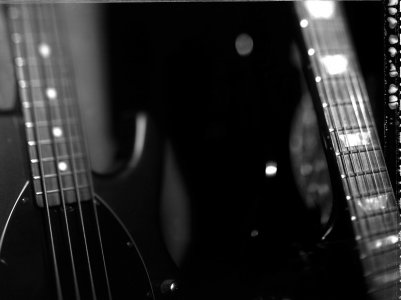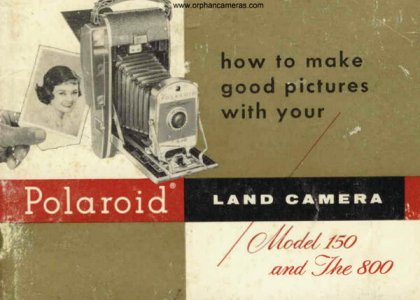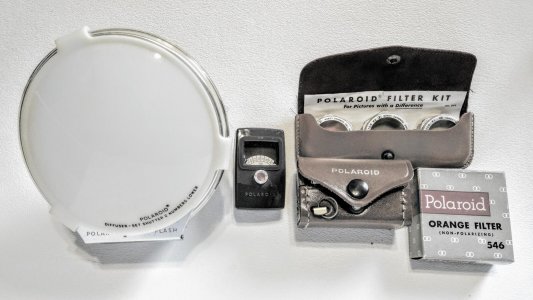Thank you everyone for the kind compliments. Some notes on the sounds:
- It's all in-the-box of course, done in Logic v10.4.8 with 768 instances of EXS24 in my template (not the upgraded Logic Sampler), MOTU 112d and 1248 interfaces with 256 buffer on a 2013 Mac Pro cylinder 12-core 64gb RAM. Almost all of the sampled sounds are coming from EXS with a few Kontakt and Omnisphere instances here and there. Usually I had less than 30 audio tracks, either recorded directly into Logic or stuff that was manipulated in Ableton Live and then bounced into Logic. I do have a UAD Octo Satellite Thunderbolt with almost every UAD plugin, but I can't remember if or when I used them on this score. Maybe UAD Neve 1073 channel (the one with the fader on the UI which is way better than the others for me) or maybe AMS RMX reverb on a drum or something, but it's not a UAD mix by any means. I have VEPro available to run locally on the Logic machine but did not use it for this score.
- The low brass+strings stacks on BOZ are comprised of Tundra Brass Cresc-Dim, Symphobia Orch Low Sus, Metropolis Ark 1 strings cresc, Symphobia strings cresc, a cresc-dim from 8dio Black, my old faithful Kirk Hunter Strings Esp from the S-1000 era, and an EWQL french horns sus from the olden days. Later a bit of Symphobia sordino sus strings come in as well as some "coal" pads from one of the Spitfire libraries, and there's some brass swells from Arks, EWQLSO, and Symphobia as well. Lots of elements stacking up in different ways, each hiding some deficiency in the others. Everybody hiding behind somebody else.
- On WAXED the ostinato strings are a gigantic stack containing elements from 8dio Century Strings Ostinatos, Metropolis Ark 3 Strings Repetitions 16ths, and the original Action Strings (yes, I admit this). First I recorded manually-played staccatos to flesh out the parts, and then I dove into using those repetitions libraries to get a less-MIDI feel. Once I got all those elements marching in lock-step I added more manually-played elements on top from any strings library that had short attacks and good bite - mostly CS2, CineSamples, Spitfire Iceni, Sonic Implants, and the original ProSonus marcatos that I had manually sampled one note at a time into an Akai S-1000 from one of the first-ever orchestral sample libraries on audio CD in the 1990's. Still have 'em, still use 'em. There's also some Symphobia strings and strings+brass staccatos doing whomps on the downbeats to add accents. I used Waves Abbey Road Saturator to light a fire under the ostinato strings stem. I hate doing those kind of "normal" parts because it always sounds fake to me, so I just push it a little more into fake territory and disregard any semblance of realism. To me those ostinatos are the organic equivalent of metal chug guitars. Maybe next time I'll just use guitars instead - probably get 'em done in a day instead of three days of fiddling with Kontakt string libraries....
- On WAXED there is a ton of "gronkulated" elements done in Ableton Live, made from god knows what percussion and synth samples that have been granulated and tempo-stretched far beyond normal limits. I'd mess with the time-stretch modes and grain sizes to get them to produce pitched tones that fit with the track. Drums have a bit of Action Strikes (yes, I admit this) on the high percussion and ticky-tacks elements, as well as a mob of live drums I recorded at my place, quantized in Ableton, and then edited and re-pitched until I didn't hate them. Plus tons of single hits to get things to sound consistent.
- Pretty much all the reverb and delay is from the ol' faithful Space Designer 2.3s Piano Hall preset and Logic's Stereo Delay set to ping-pong on dotted eighths. Each stem has a front and a back instance of each which I access via sends from the individual channels. I never put individual reverbs or delays on individual tracks unless it's a special effect like a Black Hole on a piano or a Tape Delay with crazy feedback or something.
- Almost all the eq and compression is Logic's stock (not linear phase) EQ and stock compressor on Platinum Digital mode with 2:1 ratio, zero attack, auto-release, auto-makeup-gain at -12db, 0.3 knee, and 100% wet. No parallel compression here! I did deploy some special-purpose EQ and compression once in a while, but my default stock plugins are usually fine. There is generally a LOT of compression on individual elements, but with Logic's Platinum Digital mode it's mojo-free and doesn't really color things - it's just invisible level control. This makes it so much easier for me to mix since I don't have to do volume automation on every single thing. I use very little automation in general, mostly on things like Tape Delay feedback or other special effects.
- As usual I used Waves L3-LL MultiMaximizer as a per-stem limiter. On some stems it's taking a BIG bite out of the peaks, as much as 6-9db in places, and, yes, I realize that a multi-band limiter IS changing the tonal balance of each stem quite a bit as each band bites down independently, but since I'm always mixing THROUGH the L3 instances, and have them on and set from the get-go through the whole process of selecting sounds, building a template, composing and mixing, there's never a weird surprise like you'd get if you apply them at the end of the process and everything changes. I'm selecting, stacking, EQing, and compressing individual elements while hearing what L3 is doing to them down-stream, so for me this works - and my stems are held to exact peak values and the composite mix never clips, even though I have no processing at all on that composite mix - it's just a unity-gain sum of the stems.
- For delivery to the dub stage I printed seven stems in 5.1 (well, 4.1 actually since I leave the center channel empty). I did occasionally send some elements into the LFE channels but I did not remove them from any other channels - that was just a way to isolate a kick drum or whatever into its own channel so the dubbing mixers could hit the subs without sending a whole drum stem to them.
- For the album release I discarded the LFE and rear Ls+Rs channels (no down mix here) and just used the front pair from each stem. I imported my composite mix as well as the seven stereo pairs and if the composite mix sounded good I went with that for about a third of the cues, but on the bigger and more complex cues I went to the stems. On most of those I did a little bit of editing to remove spurious jump-scare sounds that only make sense against picture, add a little bit of per-stem volume automation to re-balance things here and there, and occasionally things like Abbey Road Saturator on one or two stems to spice them up a bit.
- Then the whole mix of those stems hit Ozone v9 with a brick wall high-pass at 20hz, a bit of the Exciter at amount around 5 and mix at 100% on the two highest bands ONLY, and of course the Maximizer on IRC IV mode, Character = 1.8, and Transient Emphasis at 100 (which is halfway up on the slider). I always automate the Maximizer Threshold to "chase" the level of the mix so that I can bring up quiet passages and then back off when things get loud. I'm shooting for no more than 3 db of gain reduction, most of the time it's 1db or so. Sometimes on the big industrial beat-down tracks I'll print two versions, one with no more than 3db of crush, and another with the threshold set 3db lower for around 6db of crush, and leave it up to the mastering engineer to pick one or go back to the un-Ozoned versions if all of mine are too stomped on. I always deliver the un-processed mix of the stems as well as the one or two Ozone'd versions just in case.
- Mastering was done by Dave Donnelly at DNA Mastering. He said he usually used my normal Ozone'd versions, but did cut in short sections of the super-crushed Ozone'd versions on a couple of cues. The super-crushed versions have the effect of pushing the drums down and bringing the metal guitars up, so sometimes that's better. In most cases he'd do a bit of corrective EQ, very slight boosts and cuts usually in the upper midrange, like no more than 1-2db. On a couple of cues he did add more very slight peak limiting using Weiss hardware I think, and he re-leveled the cues a bit to meet delivery standards for different formats because my Ozone'd mixes were all peaking at -0.5db. I don't know from LUFS or RMS or all that, I only speak peak. But in general my home mastering is what you hear. Ozone is a bad mofo for sure.
Sure can get a lot done in the box these days, eh?










